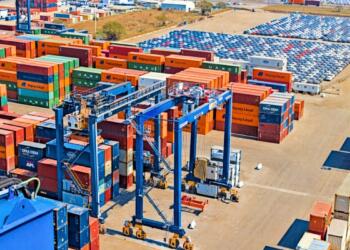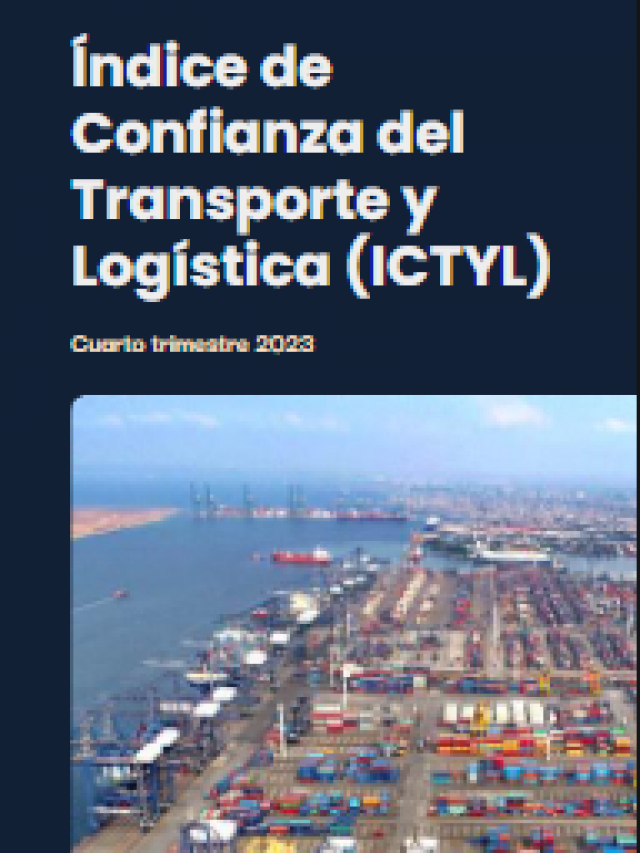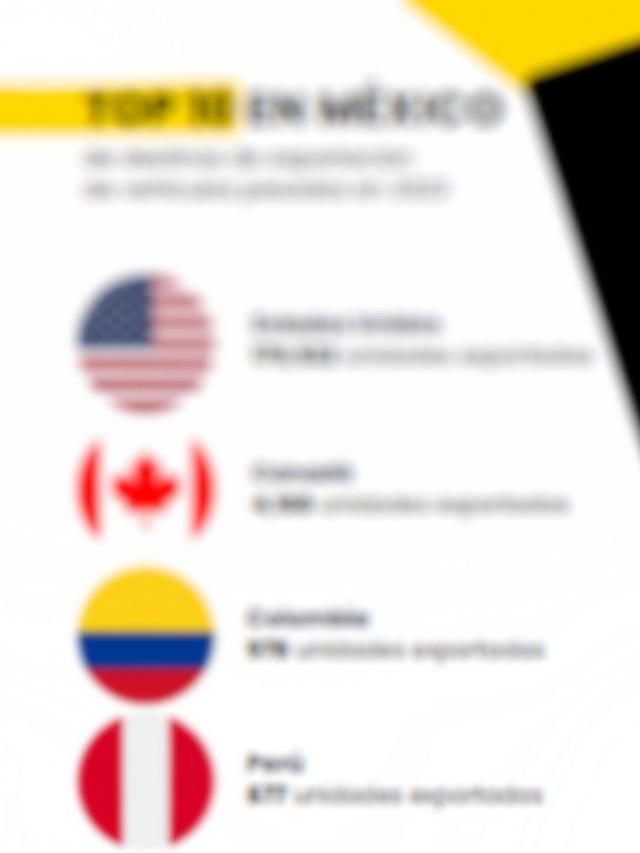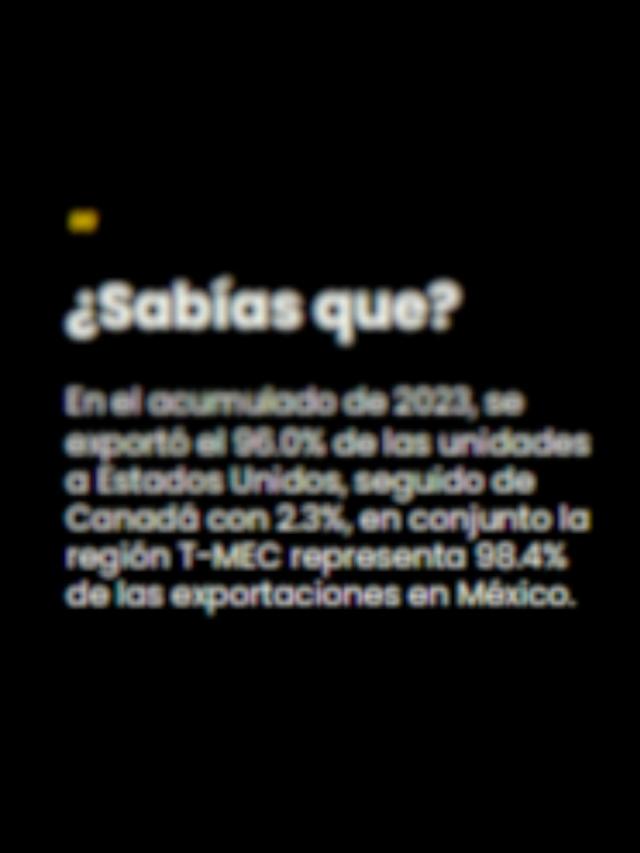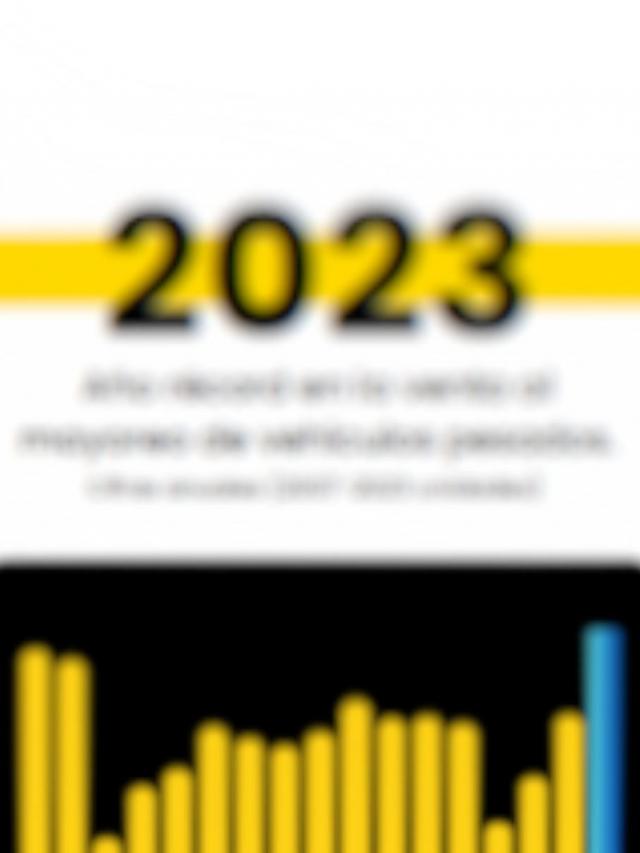
Just days before the arrival of the new tenant of the White House, there is an atmosphere of tense calm in the face of Donald Trump’s second term in the United States. Since his campaign, the Republican has reiterated that he will increase tariffs on products made in Mexico and that, among other things, he will seek a renegotiation of the Treaty between Mexico, the United States and Canada (T-MEC) beyond just a review, as planned since its entry into force (July 1, 2020).
In this context, Mexico’s economic outlook is complex. Bismark Uribe, a consultant for transportation companies, explained to T21 that in order to understand the economic prospects expected in 2025, it is necessary to consider that Mexico and China represent a little less than 30% of the total exports of goods and services required by our northern neighbor; in addition, these goods help many industries to be more competitive in a free trade economy.
In this regard, Uribe explained that an increase in tariffs only impacts the final consumer. “Even in a devaluation scenario, lower import prices would be wasted, meaning that the real market effects would not be relevant, but they would be political, and they have great relevance to the objectives of migration and drug trafficking,” he said.
The specialist explained that, given the aforementioned reality, 2025 will be a year with a low cycle. “It is a period that brings the result of a restrictive monetary strategy of previous years with high rates and low inflation. The GDP growth prospects for Mexico and the United States are low to moderate, with a political environment of ups and downs .”
Taking these pressures into account and adding uncertainty into the equation, the new year brings great challenges for the transportation sector in Mexico. However, in Uribe’s opinion, it also brings good opportunities.
“The new administration, despite its threats, will seek to accelerate the production engine of large industries, especially the automotive industry, which has been a symbol of American culture for many years and where Mexico has been able to position itself strongly, creating a dependency that is difficult to break,” he said.
The consultant also clarified that an exchange rate under increasing pressure due to the political environment will stimulate more attractive prices for Mexican products.
However, the specialist noted that one of the industry’s major challenges for 2025 is the increase in the cost of transport units.
Since January 1 of this year, only vehicles with Euro 6 or EPA 10 technologies can be sold in Mexico, which, although much more environmentally friendly, are not so for the pocketbook, since an increase of between 25 and 30% in the final price is estimated, an increase that the sector will not be able to pass on to the final customer, said Uribe.
“Opportunities are there for those who take them. Asian competition has arrived in the Mexican market and although they do not have all the guarantees and quality that prestigious brands boast, the conditions on the table are the terms of both sale and purchase at the end of their useful life, which could give you a surprise of the returns you could find if these conditions are formalized and executed as planned,” said Uribe.









